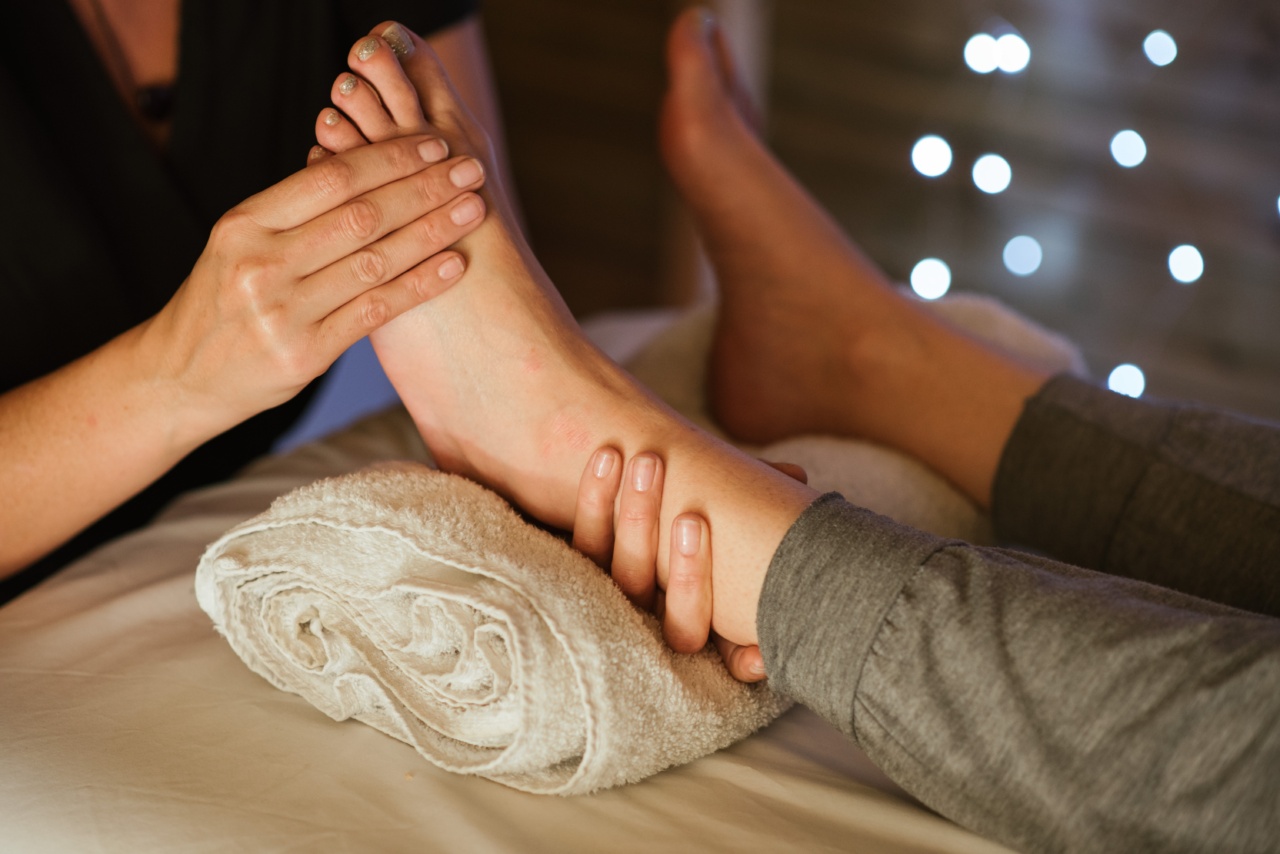Every year, millions of people worldwide suffer from strokes, a neurological condition that can have life-altering consequences.
One of the most significant challenges faced by stroke survivors is the loss of mobility and independence due to muscle weakness and difficulty walking. Fortunately, advancements in technology have led to the development of bionic feet, a revolutionary solution that is enabling stroke patients to regain their independence and improve their quality of life.
The impact of strokes on mobility
Strokes occur when the blood supply to the brain is interrupted, leading to the death of brain cells and the impairment of various bodily functions.
Depending on the severity and location of the stroke, individuals may experience paralysis or weakness in one or both legs, making it difficult to walk or even stand. This loss of mobility can have a profound impact on their daily lives, limiting their ability to perform essential tasks independently and participate in activities they once enjoyed.
Traditional approaches to stroke rehabilitation
For many years, traditional approaches to stroke rehabilitation focused on physical therapy, which aims to retrain the body and restore mobility through exercises and repetitive movements.
While these methods have proven to be effective for some patients, they often require significant time and effort, and the outcomes can vary depending on the individual’s condition and commitment to the therapy.
In some cases, stroke survivors may be fitted with assistive devices such as canes or walkers to aid in walking.
While these devices provide support and stability, they do not address the underlying muscle weakness and are limited in their ability to restore natural gait patterns. As a result, many individuals continue to struggle with walking difficulties even with these devices.
The rise of bionic feet
Bionic feet, also known as prosthetic feet or ankle-foot orthoses, are a cutting-edge innovation in the field of stroke rehabilitation.
These devices utilize advanced technology to mimic the function of a natural foot and ankle, allowing stroke patients to walk more efficiently and regain their independence. By assisting with foot clearance, providing stability, and promoting a more natural gait pattern, bionic feet are revolutionizing the way stroke patients recover their mobility.
How bionic feet work
Bionic feet are designed to compensate for the muscle weakness and reduced range of motion commonly experienced by stroke patients.
These devices incorporate sensors and microprocessors that detect the user’s movement and adjust the support and resistance provided accordingly. By analyzing data in real-time, bionic feet can adapt to changes in walking speed, terrain, and user intent, providing a seamless and personalized walking experience.
The technology behind bionic feet is constantly evolving, with new advancements improving functionality and user experience.
Some bionic feet models even offer features such as shock absorption, energy return, and customizable settings to cater to various user preferences and walking conditions.
The benefits of bionic feet for stroke patients
The introduction of bionic feet has had a profound impact on the lives of stroke patients, offering a range of benefits that go beyond improved mobility:.
-
Increased independence
One of the most significant advantages of bionic feet is that they enable stroke patients to regain their independence.
With the assistance provided by these devices, individuals can perform daily activities with minimal reliance on caregivers or assistive devices. This newfound independence can significantly improve their overall well-being and self-esteem.
-
Improved gait and posture
Bionic feet promote a more natural gait pattern and correct posture, which is crucial for preventing secondary complications such as joint pain and muscle imbalances.
By restoring proper alignment and weight distribution, these devices help reduce the risk of falls and injuries, allowing stroke patients to move with greater confidence and stability.
-
Enhanced physical activity
Many stroke survivors struggle to engage in physical activity due to mobility limitations.
Bionic feet empower individuals to participate in various forms of exercise and recreational activities, improving cardiovascular fitness, muscle strength, and overall well-being. By rekindling their interest in hobbies and sports, bionic feet contribute to a more active and fulfilling lifestyle.
-
Reduced reliance on assistive devices
While canes and walkers provide support, they can also be cumbersome and restrictive. Bionic feet offer a more natural alternative, reducing the need for assistive devices and allowing stroke patients to move more freely.
This increased mobility can positively impact their daily routines and social interactions, enhancing their overall quality of life.
-
Psychological well-being
The ability to walk independently can have a significant impact on a person’s mental and emotional well-being. Bionic feet not only improve physical function but also boost the overall confidence and self-esteem of stroke survivors.
By enabling them to navigate their surroundings with ease and participate in social activities, these devices help alleviate feelings of isolation and depression often associated with mobility limitations.
The future of bionic feet in stroke rehabilitation
As technology continues to advance, the potential for bionic feet in stroke rehabilitation is vast.
Researchers and engineers are continuously working on refining and enhancing the existing devices, seeking to improve user experience, increase versatility, and lower costs. Additionally, ongoing research aims to explore the potential of neuroplasticity, the brain’s ability to rewire itself, in optimizing the integration and control of bionic feet for stroke patients.
Ultimately, the goal is to develop bionic feet that seamlessly integrate with a stroke patient’s body and nervous system, providing a natural and intuitive walking experience.
With further advancements, it is conceivable that bionic feet may become the standard of care for stroke rehabilitation, enabling more individuals to regain their independence and reclaim their lives.
In conclusion
Bionic feet are a groundbreaking solution that is revolutionizing stroke rehabilitation. These devices offer stroke patients the opportunity to regain their independence, improve their mobility, and enhance their overall quality of life.
With ongoing advancements and research, bionic feet hold considerable promise for the future of stroke rehabilitation, bringing hope to millions of individuals worldwide affected by this debilitating condition.





























